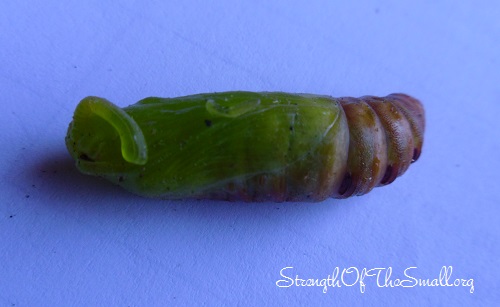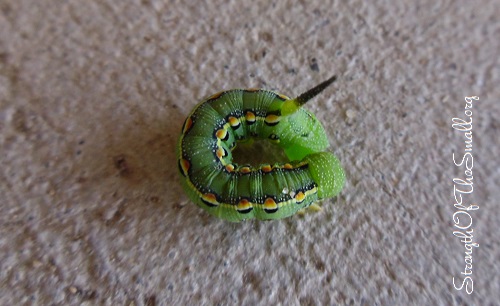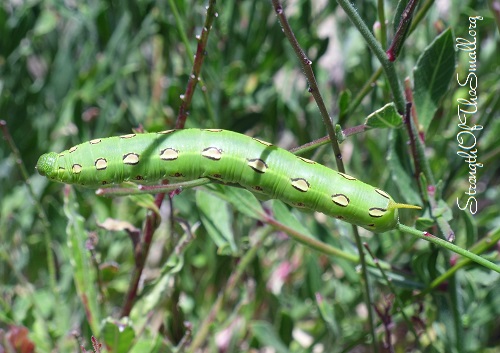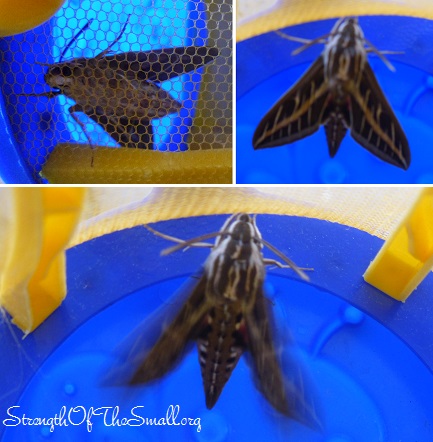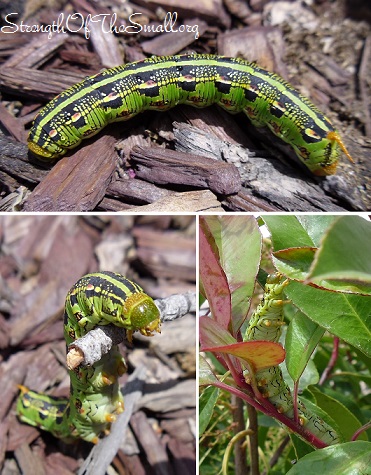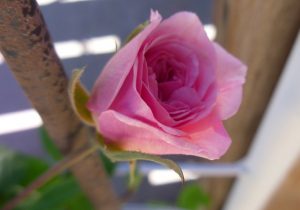It has been a busy day around the backyard garden. The weather has been cool lately, allowing us to trim most of the dead Pine Tree branches which were on our side of the property. Summer is another synonym of fire season and it never hurts to remove any fire starters around a home. That part has been completed on our side, the neighbors just have to continue working on theirs and it will be perfect.
On Friday morning we picked up a Vintage wrought iron tripled plant stand from a local store and the set of 3 cobalt blue glazed ceramic planters I bought last month look beautiful on it. The planters are filled with a variety of Echeveria succulents. Going forward with the cleanup, I have been trimming and shaping the Japanese Boxwood as well as the Common Broom shrubs, which are hosting the Genista Caterpillars, the larvae of the Genista Broom Moth, Lepidoptera Pyralidae . Yes, it’s that time of year again. I will be using a solution first thing tomorrow morning to get rid of the pests before they completely damage the plants.
The first Donkey’s Tail Succulent also known as Sedum Morganianum,blooming.
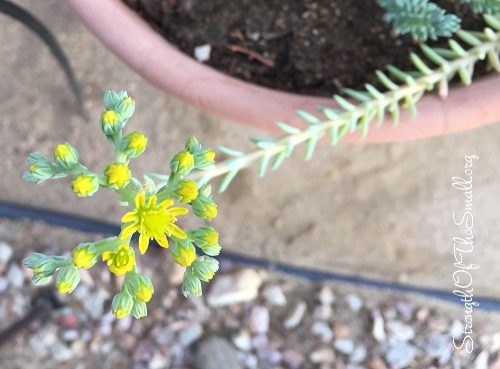
Yesterday we spent the day in Crestline, CA, shopping, sight seeing and of course, eating. It is such a beautiful and friendly little city that you can’t help but fall in love with. We stopped at a nursery and almost took the stunning Black-eyed Susan home, when I remembered that we have too many yellow flowering plants. I will be ordering the Rudbeckia “Cherry Brandy”, a new addition and different color to the garden.

Have a blessed Sunday.


